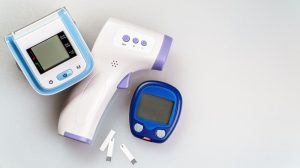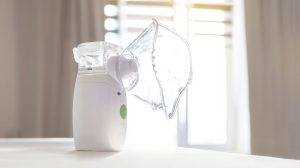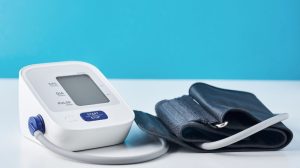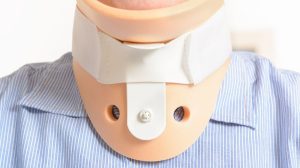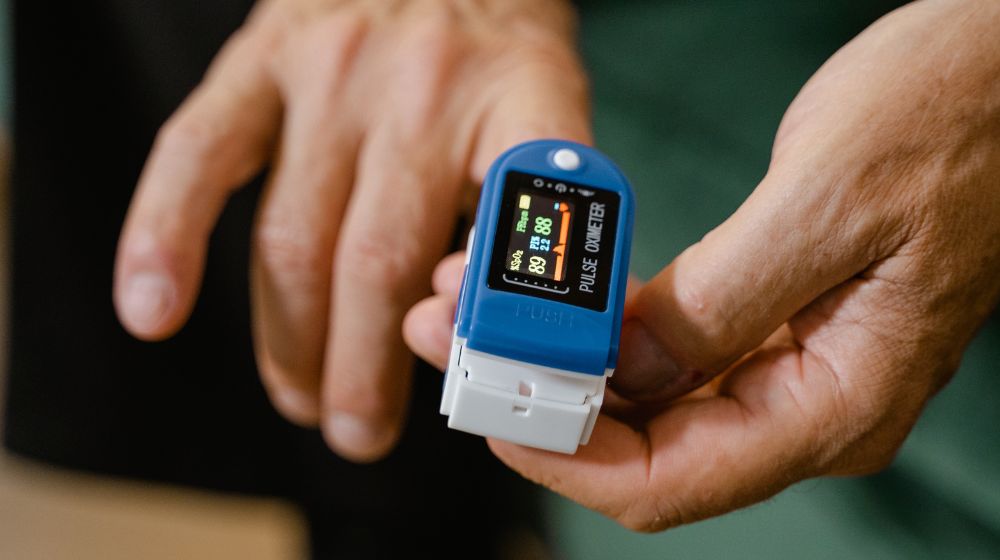
In recent years, pulse oximeters have become essential medical tools for home healthcare, hospitals, and clinics alike. These small, noninvasive devices allow users to monitor their blood oxygen saturation (SpO₂) and pulse rate in real time, helping detect early signs of respiratory conditions or monitor ongoing treatment. Whether you’re a caregiver, a patient with chronic illness, or simply someone interested in your health, understanding how pulse oximeters work and how to use them properly is critical.
In this article, we’ll explain the working principle of pulse oximeters, the correct way to use them, and tips to ensure accurate readings.
What Is A Pulse Oximeter?
A pulse oximeter is a compact electronic device that measures the oxygen saturation level in your blood and your heart rate. It’s usually clipped onto a finger, but some models are designed for the earlobe, toe, or forehead. The display will typically show:
- SpO₂ (Oxygen Saturation Percentage): Normal range is 95–100%.
- Pulse Rate (Beats per Minute): Normal resting rate is 60–100 bpm for adults.
Pulse oximeters are widely used for:
- Managing COPD, asthma, or other chronic respiratory conditions.
- Monitoring COVID-19 symptoms.
- Checking oxygen levels during physical activity or altitude exposure.
- Tracking recovery after surgery or illness.
How Does A Pulse Oximeter Work?
Pulse oximeters use a technology called photoplethysmography. The basic principle involves passing light through the body and measuring how much light is absorbed by oxygenated and deoxygenated blood.
Here’s a simplified step-by-step explanation:
1. Light Transmission
The device emits two wavelengths of light—red light (660 nm) and infrared light (940 nm)—through a thin part of your body (like a fingertip).
2. Absorption by Hemoglobin
Hemoglobin, the protein in red blood cells, carries oxygen. Oxygenated hemoglobin absorbs more infrared light and allows more red light to pass through. Deoxygenated hemoglobin absorbs more red light and less infrared.
3. Signal Detection
A sensor on the opposite side of the light source detects how much light of each wavelength passes through your finger.
4. Oxygen Saturation Calculation
The device calculates the ratio of red to infrared light absorption and converts it into a percentage—your SpO₂ level. This entire process happens within seconds, giving you real-time feedback about your blood oxygen levels and heart rate.
How to Use A Pulse Oximeter Correctly
To ensure accurate readings, follow these simple steps when using a fingertip pulse oximeter:
1. Choose the Right Finger
Use your index, middle, or ring finger. Studies suggest the middle finger of the dominant hand may give the most accurate results.
2. Rest Before Measurement
Sit still and relax for 5 minutes before testing. Keep your hand still and at heart level during the reading.
3. Turn on the Device
Press the power button. Wait for the display to light up.
4. Insert Your Finger
Place your finger inside the clip with your nail facing upward. Make sure the finger is clean, dry, and properly inserted.
5. Wait for Results
Hold your hand still. Within 5–10 seconds, the device will display your SpO₂ and pulse rate.
6. Interpret the Results
- 95–100%: Normal oxygen level.
- 90–94%: Mild hypoxemia. Monitor closely.
- Below 90%: May indicate low oxygen levels. Seek medical advice immediately.
Tips for Accurate Pulse Oximeter Readings
For best performance, follow these guidelines:
1. Keep Hands Warm and Steady
Cold fingers can reduce blood flow, resulting in inaccurate readings. Rub your hands together to warm them up.
2. Avoid Nail Polish or Artificial Nails
These can interfere with the light signal. Remove polish or use a different finger.
3. Do Not Move During Measurement
Motion can distort the signal. Keep still and breathe normally.
4. Avoid Bright Light and Sunlight
Strong ambient light can affect sensor accuracy. Measure in a shaded or indoor area.
5. Clean the Device Regularly
Keep the sensor area clean and free from dust or oils.
When to Use A Pulse Oximeter
You may need to monitor SpO₂ levels regularly if you have:
- Chronic respiratory conditions (COPD, asthma, interstitial lung disease)
- Heart conditions
- Sleep apnea
- COVID-19 or flu symptoms
- Undergoing oxygen therapy
It’s also helpful for:
- Athletes are training at high altitudes.
- People traveling to high elevations.
- Elderly individuals with limited mobility.
When to See A Doctor
While pulse oximeters are useful tools, they are not substitutes for medical diagnosis. Seek immediate care if you experience:
- Persistent readings below 90%
- Shortness of breath or chest pain
- Blue lips or fingertips
- Confusion or extreme fatigue
Conclusion
Pulse oximeters are simple, affordable, and reliable tools that empower patients to take control of their health. Understanding how they work and how to use them properly ensures more accurate monitoring of vital signs.
Whether you’re managing a chronic illness or just want peace of mind, using a pulse oximeter correctly can provide early warning signs and help guide medical decisions. Always consult your healthcare provider for guidance tailored to your condition.

